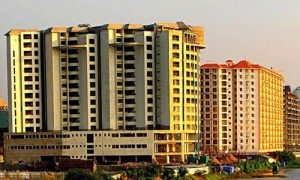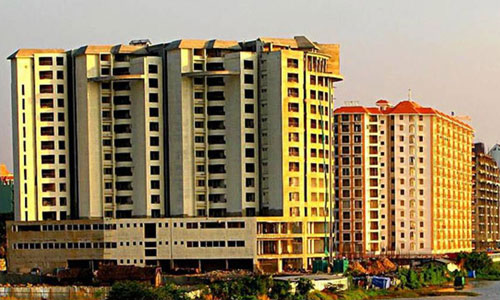 CRISIL Research expects tier II cities will be the demand drivers and lead finance penetration and entry of more players to drive faster growth in retail loans demand. Despite lower volumes, these markets are as profitable as the larger markets on account of higher yields, says CRISIL’s recent report titled “Retail loan products: Opportunities and risks beyond metros and mini-metros”. However, given the differences in growth prospects and asset quality, selecting the right markets will be critical for profitable growth.
CRISIL Research expects tier II cities will be the demand drivers and lead finance penetration and entry of more players to drive faster growth in retail loans demand. Despite lower volumes, these markets are as profitable as the larger markets on account of higher yields, says CRISIL’s recent report titled “Retail loan products: Opportunities and risks beyond metros and mini-metros”. However, given the differences in growth prospects and asset quality, selecting the right markets will be critical for profitable growth.
The report has focused on the current market opportunity, likely growth prospects, emerging competitive scenario and key operating parameters such as finance penetration, average ticket size, loan to value ratio and non-performing assets (NPAs) in respects of five retail loans products-housing loans, loan against property (LAP), car loans, two-wheeler loans and gold loans-across 15 tier II markets.
The markets covered are Bhopal, Coimbatore, Indore, Jaipur, Kanpur, Kozhikode, Lucknow, Ludhiana, Madurai, Mysore, Nagpur, Nashik, Rajkot, Thiruvananthapuram and Vishakhapatnam. These markets are significant in terms of size and together account for about 15% of the demand for retail loans in India.
CRISIL believes that growth prospects in many of these markets are extremely strong. Car loan disbursements in ten of the 15 markets assessed are expected to grow at around 20% compounded annual growth rate (CAGR) over the next two years as compared to 13% in the larger cities. In seven of these cities, LAP disbursements would grow faster than the rest of India. Gold loans are expected to grow at a much faster pace (over 50% annually) in five non-southern cities assessed. Prasad Koparkar, Head, Industry & Customised Research, CRISIL Research said, “Stronger growth prospects, lesser competition, higher yields and profitability comparable to the larger cities make tier II markets an extremely attractive proposition for financiers.”
CRISIL had used cumulative market share of the largest two players in each market to assess the level of competition prevalent. The largest two players are estimated to account for 50% of LAP disbursements in 2010-11, on an average, across 15 markets analysed.
In four of these markets, they accounted for over 60% of disbursements. The corresponding percentage in larger cities is much lower, at 35-40%. In case of other loan products as well, the trend is similar.
The yield to financiers is slightly higher in tier II cities, especially in the case of housing loans and two-wheeler loans. Therefore, despite lower volumes, these cities would be as profitable as larger cities, provided credit quality is tightly monitored.





